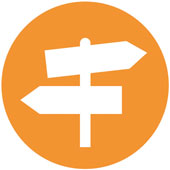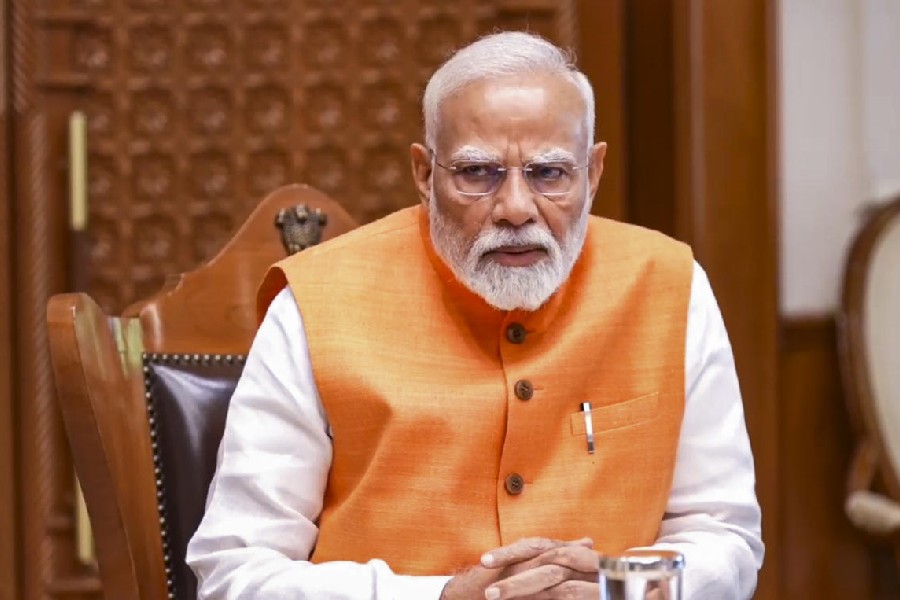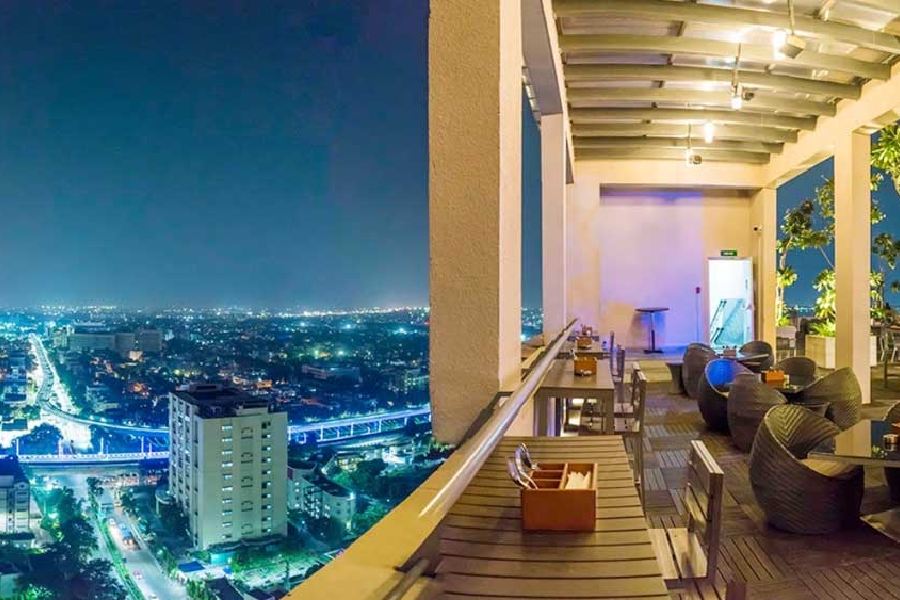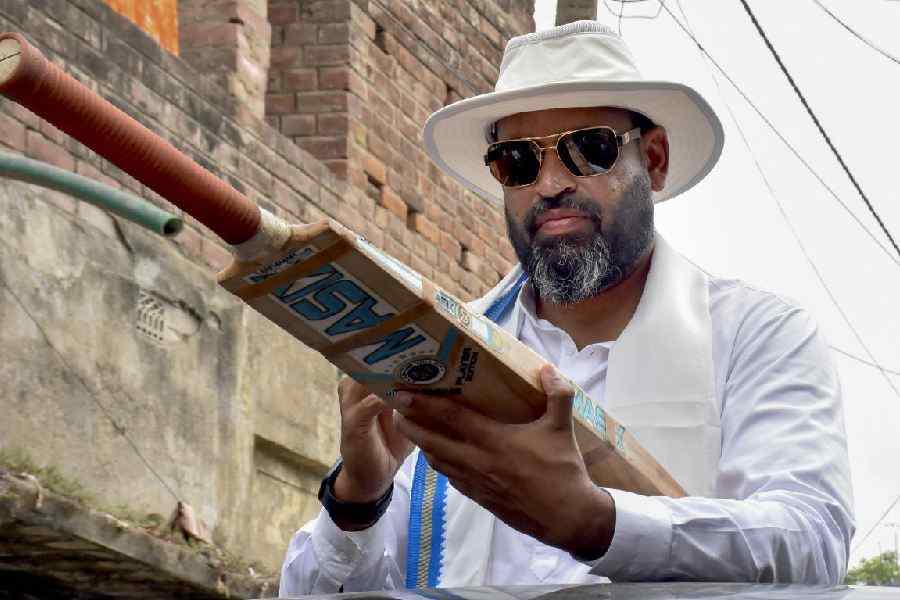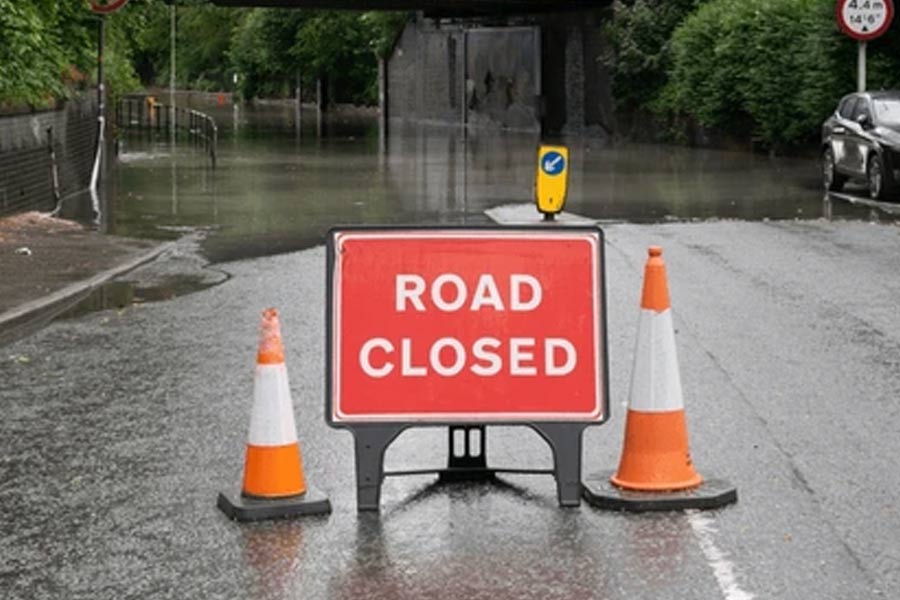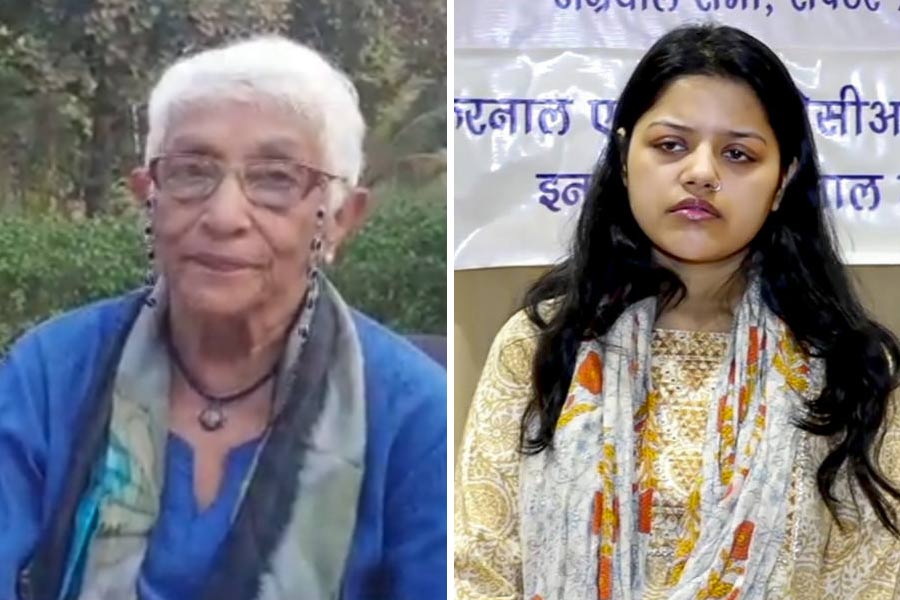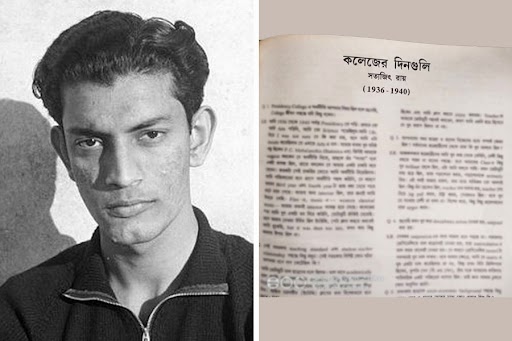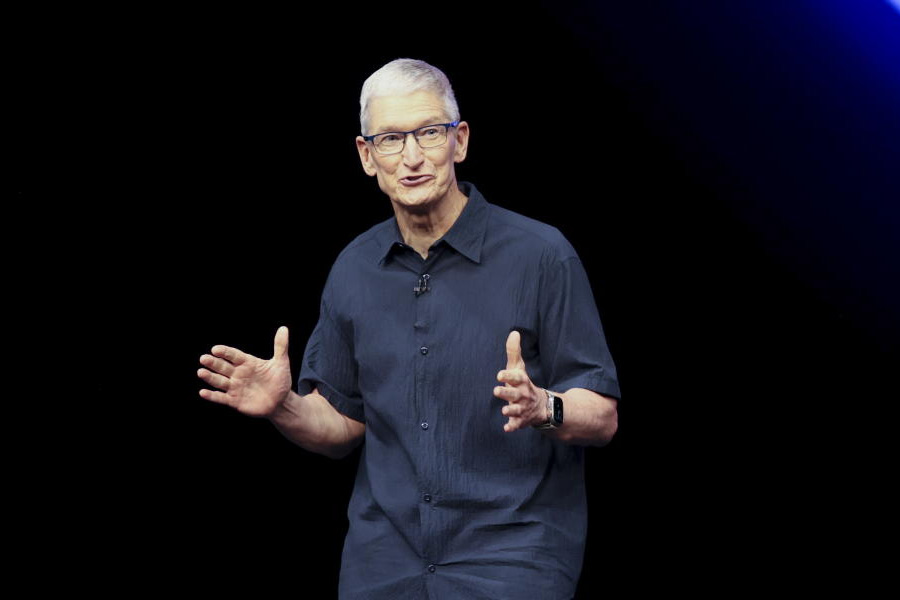
Crossings
THE LADY selling SIM cards at Nairobi airport had spent 10 minutes arguing. My cell phone was the problem, she insisted; I was trying to convince her the SIM she had handed me wasn't working.
Then, as a flood of messages and emails suddenly hit my phone, signalling that both my handset and the new number were working, she apologised. "Please don't leave here upset with me," she pleaded. I told her I wasn't upset, but she insisted we hug each other.
It was an embrace that I later realised was an apt metaphor for Kenya's capital Nairobi, bursting with an energy that nudges you to look beyond the stereotypes visitors are often trained to expect.
Nairobi and indeed Kenya face many of the same challenges developing nations and their capitals across the world grapple with - from the struggle to ensure employment for a predominantly young population to the difficult balance between development and environmental concerns.
But the capital of East Africa's largest economy is also a hub of technology innovations and is home to a fast-growing local middle class that today outnumbers expatriates and the affluent Indian-origin community; the city's gleaming malls and jazz bars are abuzz with them.
The surprises started the moment I landed in Nairobi to a pleasant chill. Just over a degree south of the Equator, Nairobi's latitude suggests a tropical climate. But the city is at an altitude of 1,795 metres. July is peak winter - temperatures drop to 6°C at night, and hover around 20°C during the day. But even in January, the hottest month in Nairobi, temperatures rarely rise above 35°C.

Rush hour traffic in Nairobi can be nightmarish. But finding transport is easy. Taxi service Uber is wildly popular, and drivers are friendly and professional. Most locals use the ubiquitous matatus - privately owned minivans - that rule Nairobi's streets, swaying and swerving through the traffic. And unlike in India, private cars, taxis and matatus don't honk unless they absolutely have to.
In trying to understand a new city or country beyond the superficial in a limited period of time, journalists have advantages few other professions offer. Our work doesn't involve repeated commutes to the same office and back. Instead, we usually meet multiple people from diverse walks of life at different locations, day after day. So it was for me, in and around Nairobi.
Like most urban agglomerations, Nairobi is a divided city with two parallel economies. South of the city centre sprawls Kibera, Africa's largest - and the world's third largest - slum. Jason Ngomo, a Kibera resident and roadside fruit-seller made the offer of a two-bedroom apartment on the perimeter of the slum. Rent: 10,000 Kenyan shillings, or Rs 7,000, a month.
But less than 10km from Kibera, Indian-Kenyan families drive flash Japanese cars in the upscale neighbourhoods of Parklands and Westlands, where apartment blocks bear Indian names - Anand Towers, Mehta Apartments. Gujarati and Punjabi are heard more commonly than Swahili. A two-bedroom apartment there costs Rs 40,000 in rent. The popular Westgate mall, where 20 Indian-Kenyans were among the victims killed in a 2013 terror attack, is in Westlands.
Trinidadian writer Shiva Naipaul - younger brother of Nobel laureate V.S. Naipaul - had during a 1970s visit to Kenya written how "the Indian in East Africa brought India with him and kept it inviolate." That divide remains alive. Today too, intermarriages between Indians and Kenyan origin people of the country are rare. And though Kenya boasts a robust public secondary education system - 70 of the 100 top schools in ratings by the country's top newspaper last year were government-run - most Indian-Kenyans in Nairobi send their children to the private Oswal Academy in Parklands.
Neighbourhoods like Kilimani in western Nairobi are home to the growing middle class among ethnic Kenyans. Here parents shuffle between conversations on their mobile phones and instructions to their children, surrounded by apartment blocks, playgrounds and shopping complexes. Karen, on the outskirts of Nairobi, is an oasis of wide villas and elite clubs frequented by white settlers still living in the city.
Kenya's wildlife reserves remain its biggest tourist draw. But I didn't need to step much outside Nairobi to see rare animals in the open. On a visit to the city of Naivasha 100km outside Nairobi for an assignment last week, my taxi suddenly screeched to a halt. It was a zebra crossing - not the painted pedestrian walkway, but the real thing, and actually, many zebras, strolling lazily across the highway like cattle in India.
There's much more to Nairobi and Kenya than wildlife, though.
Kenya boasts the fastest Internet speeds in Africa, and 70 per cent digital penetration - 30 per cent of India has online access in comparison. And 88 per cent of Kenya's adults have mobile phones - compared to 77 per cent in India.
That combination of deep Internet and phone penetration has made Nairobi a hub of mobile technology start-ups. When solar energy executive Nikhil Nair moved from Bangalore to Nairobi two years back to work with a start-up, his friends wondered if the city even had ATMs. Today, Nair uses his phone to pay for taxis, groceries and even his apartment rent, using a service known as MPesa, the world's first mobile money transfer system developed in Nairobi in 2005, a decade before India and much of the world discovered the concept.
Nairobi has ATMs. But mostly, like Nair, I just didn't need them.

